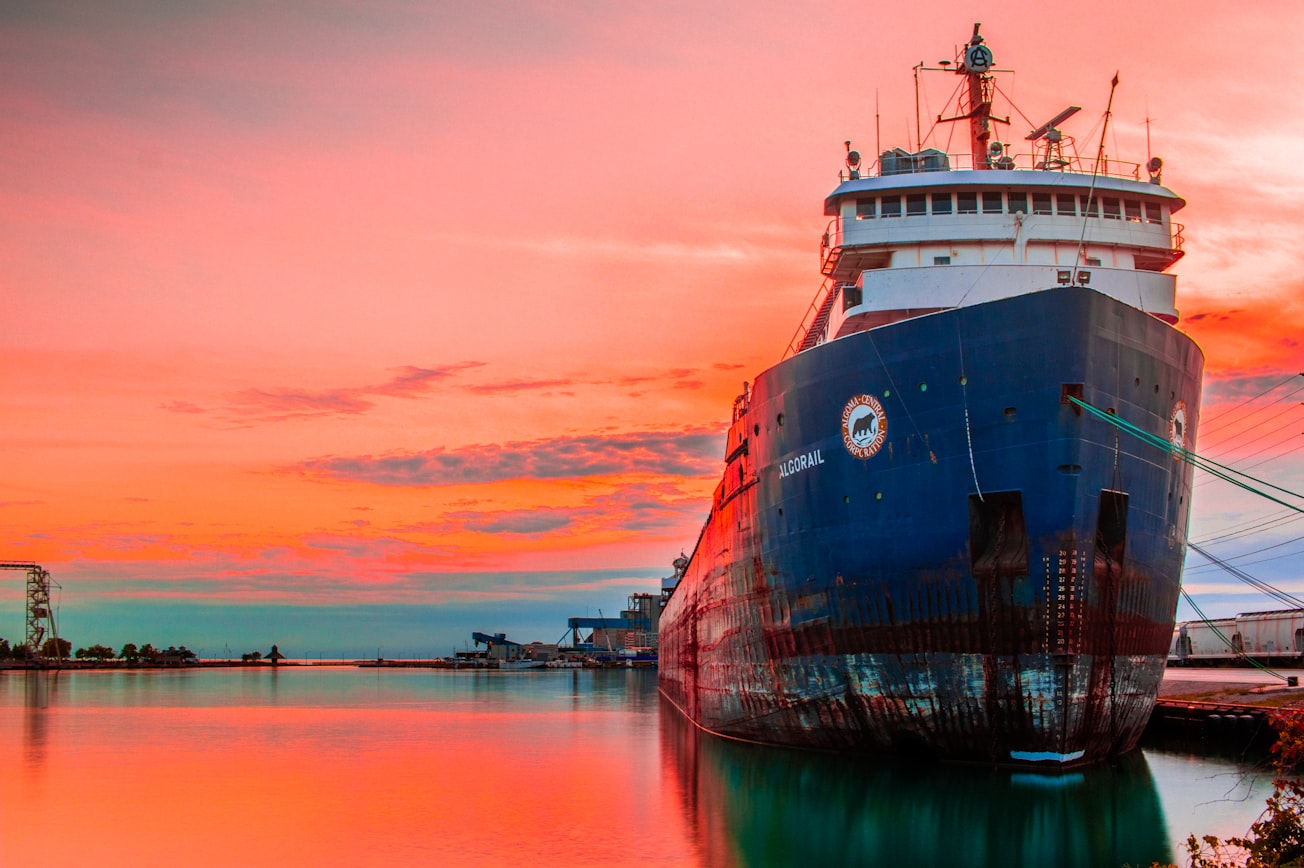What is it about?
As more industries take into account their effect on the environment, regulations are driving the introduction of new technologies. In this case, the author addresses how air pollution regulations are affecting environmental technologies in short shipping through the North Sea, Baltic Sea, and English Channel. The International Maritime Organization (IMO) and their creation of Sulphur Emission Control Areas (SECA), influences no only the technological innovations required to refit sea going vessels, but also influence the overall strategies of the shipping industry. How will the shipping companies account for increases in fuel prices and other operational costs to meet the new regulations? This study examines how each factor affects the business strategies of shipping companies in Northern Europe.
Featured Image

Photo by Dylan McLeod on Unsplash
Why is it important?
The SECA zones implemented by the IMO are designed to lower sulphur emissions in the Northern Seas and reduce significant air pollution caused by shipping vessels. In order for the shipping industry to maintain an efficient and profitable business, ship owners must take into consideration the additional costs that will make certain their vessels are in compliance with SECA regulations while maintaining a profitable business model. There is a delicate balance between observing regulations and maintaining a successful shipping company. However, ship owners must realize that, in the long run, the increased fuel efficiency by way of using cleaner fuels or implementing green technology will benefit the ovearll value of the company.
Perspectives
This paper is the result of my Ph.D. thesis and provides the contextual background against many ports and suppliers in Europe get involved in the development of green products and services aiming the shipping industry.
Dr Roberto Rivas Hermann
Nord Universitet
Read the Original
This page is a summary of: Drivers for environmental technologies selection in the shipping industry: a case study of the North European Sulphur Emission Control Area, International Journal of Environmental Technology and Management, January 2017, Inderscience Publishers,
DOI: 10.1504/ijetm.2017.10010687.
You can read the full text:
Resources
Pre-print version of the paper
This is the pre-print version of the paper. Peer-reviewed but lacks the final editing. Please refer to the publishers version, separate link in
Publisher's version of the paper
Published version of the paper
Derfor tøver redere over for nye miljøkrav
Article in Danish following the preliminary results of this paper
Air pollution regulation in the North Sea and the Baltic: Exploring the drivers of cleantech adoption in the maritime industry
Paper presentation International Conference Key Developments in the port and maritime sector Universitet Antwerpen, 21-22 May, 2012
Contributors
The following have contributed to this page







